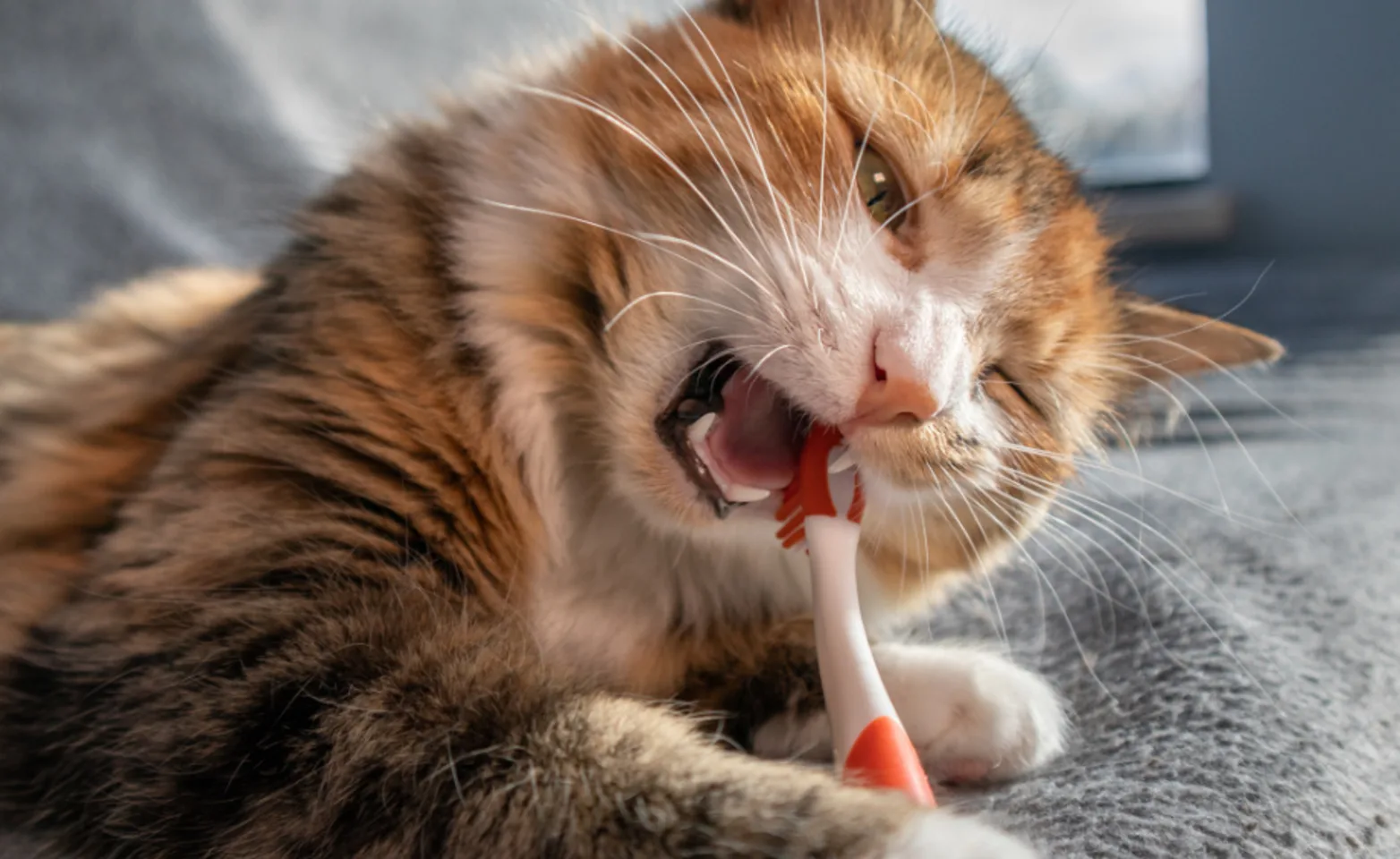Central Langley Pet Hospital

Dentistry

"COHAT"
Typically, once dental disease is found, a recommendation to have a COHAT is made. Laboratory samples are collected for screening and interpretation, after which the veterinarian will contact you with the results. From here, we are able to go ahead with scheduling your pet for his or her COHAT.
Dental scale and polish
Scaling removes the plaque and tartar from the teeth above and below the gum line. Polishing restores a smooth surface, slowing the rate of bacteria adhering to the teeth in the future.
Blood work and urinalysis
Checking organ function is extremely important before an anesthetic procedure. The doctor selects a modern medical protocol designated for your pet, ensuring the utmost safety of your pet based on these laboratory findings.
IV Catheter Drip/ Fluids: IV Fluids
An IV is crucial for general anesthetics. By having direct access to a vein, we are ensuring that a port to a vein is immediately available. Your pet will be hydrated; maintaining their blood pressure and ensuring that blood perfusion throughout the body is at an optimal level.
Pre-Surgical Assessment & Exam
It is essential to have a veterinarian do a physical examination on your pet prior to the anesthetic. This is done immediately prior to sedation.
A thorough oral assessment is completed, allowing the veterinarian to inspect each tooth, and record the condition of your pet’s oral health for future reference.
Pre-Medication
A pre-medication is selected by the doctor for sedation, which allows them to be calm and comfortable before the procedure, and can be effective for pain control, should any oral surgery/extractions be necessary.
Anesthetic Induction
An injectable agent is given to induce anesthesia, and your pet is fitted with an endotracheal (breathing) tube and connected to an anesthetic machine that will mix oxygen with a type of inhalant gas to keep them under anesthesia for the remainder of the procedure. This gas mixture is “Isoflurane Anesthetic.”
BP/ Cardiac/ Resp Monitoring
Monitoring your pet’s vital signs, heart rate, breathing rate, as well as blood pressure is critical during any anesthetic. To ensure safety, this is constantly monitored and recorded while your pet is under anesthesia.
Post surgical pain management
If your pet needs a tooth extracted, we must have effective pain control! The veterinarian will freeze the site of extraction(s), as well as give your pet medication to ensure they won’t wake up in pain.
Full mouth dental radiographs
An essential part of veterinary dentistry, dental x-rays are done of all teeth enabling the doctor to evaluate health of the WHOLE tooth, above and below the gum line. By doing these x-rays, roots of each tooth are assessed and treated. We are also able to compare changes over the years.
Antibiotic injection
Plaque and tartar are bacteria! We want to protect your pet from infection; therefore, an antibiotic may be required to fight off this bacteria’s spread to elsewhere in the body and to ensure optimal healing of any sites of surgery. An injection to prevent systemic infection can be done immediately before extraction.

